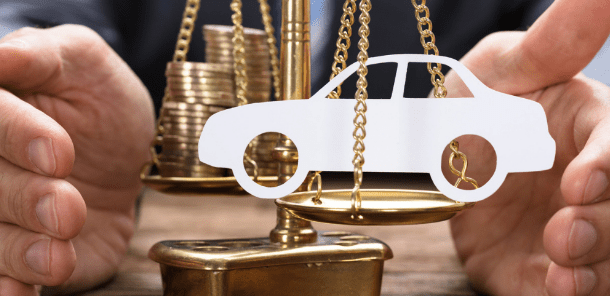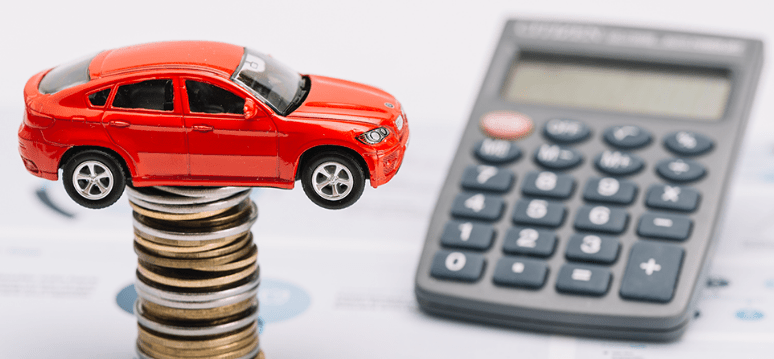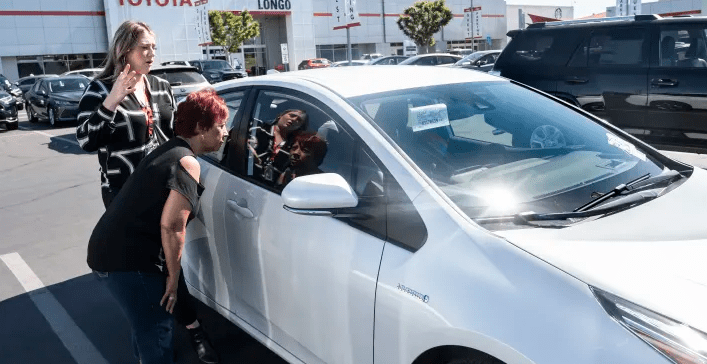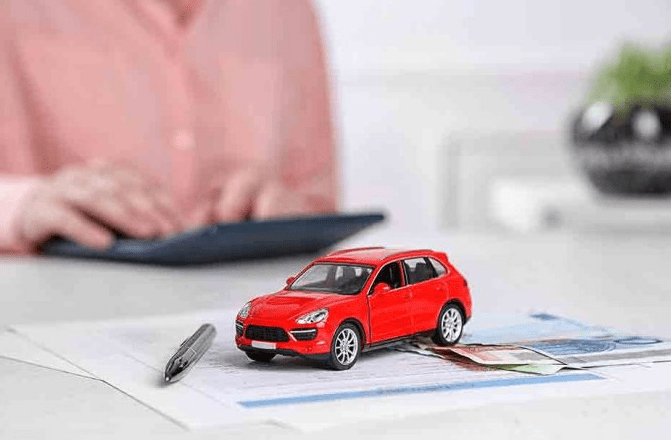When buying a car, one of the many decisions you’ll face is whether to purchase gap insurance. This often-overlooked product can provide significant financial protection in specific scenarios, but it’s essential to understand what it is and whether it’s worth the investment. This article will delve into gap insurance, exploring its purpose, how it works, and the factors you should consider when deciding if it’s a good fit for you.
What is Gap Insurance?
Gap insurance, or Guaranteed Asset Protection insurance, is designed to cover the difference between what you owe on your car loan and the car’s actual cash value (ACV) if your vehicle is totaled or stolen. Standard auto insurance typically pays out based on the car’s current market value, which may not be sufficient to cover the remaining loan balance if the vehicle is damaged beyond repair.
Example:
Imagine you purchase a car for $30,000 and finance it with a loan. Over time, the car’s value depreciates. If you have an accident and your car is declared a total loss, the insurance company might only pay $20,000, which is the current market value. If you still owe $25,000 on your loan, you would be responsible for the remaining $5,000. This is where gap insurance comes in—it would cover that $5,000 difference.

How Does Gap Insurance Work?
Gap insurance essentially fills the “gap” between your car’s current market value and the amount you owe on your loan or lease. Here’s a step-by-step breakdown of how it functions:
- Initial Purchase and Depreciation: When you buy a car, it starts to depreciate immediately. Depreciation refers to the reduction in value over time due to factors like age, mileage, and wear and tear.
- Total Loss or Theft: If your car is totaled (severely damaged or destroyed) or stolen, your primary auto insurance will compensate you for the vehicle’s current market value at the time of the incident.
- Gap Coverage: If the insurance payout is less than the remaining balance on your loan or lease, gap insurance covers the difference, ensuring you don’t have to pay out of pocket for the remaining balance.
Types of Gap Insurance
Gap insurance can come in various forms, depending on the provider and policy. Here are the most common types:
- Lease Gap Insurance: Designed for individuals who lease their vehicles, this type covers the difference between the car’s value and the remaining lease payments if the vehicle is totaled.
- Loan Gap Insurance: Aimed at car owners who finance their vehicles, this type covers the difference between the car’s market value and the remaining loan balance.
- Loan/Lease Gap Insurance: Some policies offer coverage that applies to both loans and leases, providing a more comprehensive option for those who might switch between leasing and owning.
Benefits of Gap Insurance
Gap insurance can offer several advantages, especially for individuals who are financing or leasing their vehicles. Here’s why it might be worth considering:
- Financial Protection: The primary benefit of gap insurance is financial protection. If your car is totaled or stolen, it ensures you are not left with a significant financial burden.
- Peace of Mind: Knowing that you have protection against a potentially large financial loss can provide peace of mind, especially if you are in a high-depreciation vehicle or have a large loan balance.
- Coverage for High-Depreciation Vehicles: Cars depreciate at different rates. Luxury vehicles or those with high mileage tend to depreciate faster, making gap insurance particularly valuable for such cases.
- Leases and Loans: Gap insurance is beneficial for both leased and financed vehicles, covering a broad range of scenarios where you might be financially at risk.
When Is Gap Insurance Worth Buying?
While gap insurance offers valuable protection, it’s not always necessary for everyone. Here are some scenarios where purchasing gap insurance might be particularly beneficial:
- Large Loan Balances: If you have a substantial loan balance relative to your car’s value, gap insurance can protect you from owing more than the car is worth if it’s totaled.
- High Depreciation Vehicles: If your car is expected to depreciate rapidly, such as luxury or high-mileage vehicles, gap insurance can be a wise investment.
- Leased Vehicles: Leasing often involves lower initial payments but can leave you with a larger gap if the vehicle is totaled. Gap insurance can cover the difference between the lease payout and the remaining payments.
- Low Down Payment: If you made a minimal down payment on your vehicle, the gap between what you owe and what your car is worth could be significant, making gap insurance a prudent choice.

When Gap Insurance Might Not Be Necessary
There are also situations where gap insurance might not be necessary:
- Significant Equity: If you have a substantial amount of equity in your vehicle, meaning you owe less than the car’s market value, gap insurance may not provide as much benefit.
- Short Loan Terms: If you have a short loan term and are close to paying off your loan, the risk of a significant gap between your loan balance and the car’s value decreases.
- Full Coverage Insurance: Some comprehensive insurance policies include gap coverage as part of their offering, so check if your current policy already includes this protection.
- High Down Payments: If you made a large down payment, your car’s value and loan balance are likely to be more aligned, reducing the need for gap insurance.
How to Purchase Gap Insurance
If you decide gap insurance is right for you, here’s how to go about purchasing it:
- Check with Your Auto Insurance Provider: Many auto insurance companies offer gap insurance as an add-on to your existing policy. Contact your provider to see if it’s available and compare costs.
- Dealership Options: Gap insurance is often offered through car dealerships when you purchase or lease a vehicle. While convenient, it’s wise to compare dealership quotes with those from insurance providers.
- Research Providers: Look for reputable insurance companies that offer gap insurance. Compare coverage options, costs, and terms to find the best fit for your needs.
- Read the Fine Print: Carefully review the policy details, including coverage limits, exclusions, and the process for filing a claim.
Conclusion
Gap insurance can be a valuable financial safety net, protecting you from the risk of owing more on your car loan or lease than the vehicle is worth if it’s totaled or stolen. Whether it’s worth purchasing depends on various factors, including the size of your loan or lease, the rate of depreciation of your vehicle, and your financial situation.
By understanding what gap insurance is, how it works, and evaluating your personal circumstances, you can make an informed decision about whether it’s a worthwhile investment for your peace of mind and financial protection.




